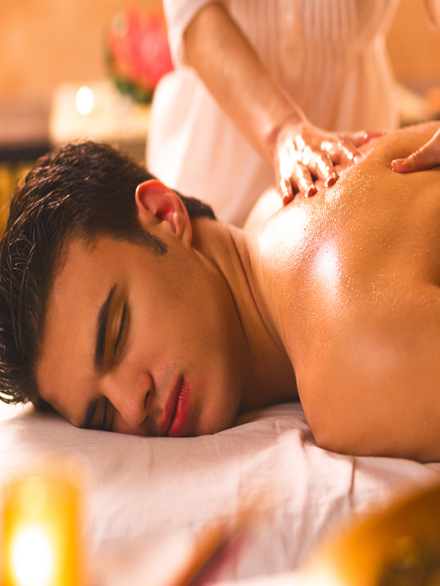The goals of medicine are to promote health, to preserve health, to restore health when it is impaired, and to minimize
suffering and distress'. Among all of this, health promotion and disease prevention are considered as best for various reasons. In present era, the concept of prevention has been broad based and is defined in four stages, named as primordial prevention, primary prevention, secondary prevention and tertiary prevention. "Prevention is better than cure" is a
well-known adage and is fundamentally meant for primordial and primary prevention. Primary prevention has been defined as "Action taken prior to the onset of disease which removes the possibility that a disease will ever occur". In case of primary prevention, intervention is made in pre-pathogenesis or early stages of pathogenesis phase of a disease or health problem. Now a days the concept of primary prevention is being used to prevent various chronic non communicable life style disorders.
In Ayurveda it is mentioned that the aim of Ayurveda is maintenance of health in healthy individual and pacification of disease in diseased person. This goal can be achieved by
two ways, either by shumana therapy or by shodhana therapy. Shodhana therapy is popularly known as panchakarma therapy which consists of five procedures namely vamana virechana, niruha, anuvasana and nasya karma. This shodhana or panchakarma therapy is considered best as it prevents recurrence of disease. Panchakarma therapy is mainly used to treat clinically manifested diseases Besides this Acharya vagbhatta mentioned samshodhana therapy according to various ritu for apparently healthy individuals. This is best among all therapies as it has a role in primary prevention, as remedial measures are taken in the prepathogenic state which helps to prevent clinically manifested disease Secondly shodhana therapy itself prevents recurrence of diseases Discussion regarding samshodhana according to ritu is the main aim of this article. The main aim and objective of this article is to explore the samshodhana therapy performed according to prescribed ritu as a preventive aspect.
Virechana :
Dravya to be used and time: Virechana karma is performed in sharad ritu to pacify pitta dosha. Trivrit is used along with some other drugs for virechana and dose should be adjusted according to body strength strength of dosha, diet of individual, age etc.
Indication and contraindication after virechana: The processes advised after vamana (except dhumapana) are also applicable after virechana Normal activity should be performed only after regaining of normal body strength, lustre and digestion power.
Basti karma :
Nirharana of vata dosha is to be done in pravrit ritu by basti karma. It is of three types named as anuvasana or sneha basti where in sneha davva is used as basti dravya. Niruha basti in which decoction is used as basti dravya and basth where in basti drarya is administered through urethra or vagina. Although niruha basti is indicated for rits samshodhana purpose, aniwasana and niruha basti should be applied alternately.
Anvasana bast Time:
In pravrit ritu, anavasana basti should be administered at night.
Activity to be followed before application of basti: After whole body massage and bath, quantity of normal diet should be taken.
Diet after anuvasana basti karma: After evacuation of seha dravya, easily digestible food is indicated only when the patient is hungry.
Niraha basti :
Time: After 3 to 4 anuvasana, niruha basti should be applied at late mid day of afternoon.
Activity to be followed before application of basti: After snehana and svedana karma, after evacuation of faeces and urine, niruha basti should be given in empty stomach.
Direction for mixing of basti dravya: Niruha basti dravya should be mixed in following chronological order and should be stirred continuously Madhu Lavana Sneha Kalka kwath Decoction of vatanashalku dravya like dashomoola should be used.
Diet after niruha basti karma: After samyakyoga of niruha basti bath with lukewarm water followed by intake of rice and mamsarasa should be advised.


